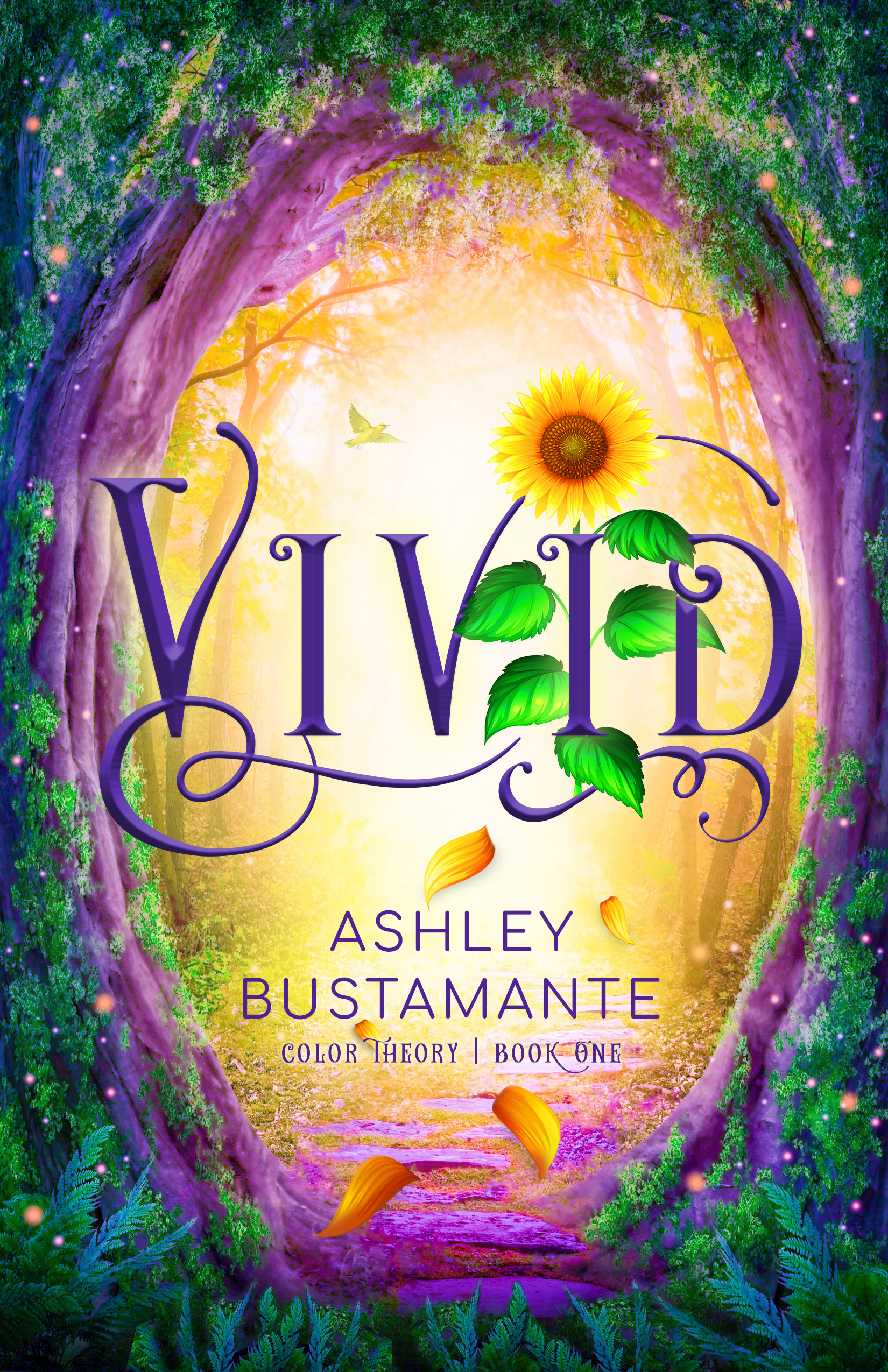All of the people left on Earth live together on a protected island run by those who manifest some sort of color magic as children and by those magical adults who become Benefactors, protectors of the world on this island. Ava’s goal as she studies in her school Prism has always been to become a Benefactor someday. So, there are three kinds of color magic:
- Red Augmenters have magic that affects the body: healing, strengthening, and increasing agility and speed.
- Blue Shaper magic changes and makes objects, technology, building and re-forming things into different things.
- Yellow Mentalists, however are dangerous. They can work on, even control, others’ thoughts and emotions. Yellow, the color and the magic associated with it, has been outlawed, and practitioners of yellow magic have disappeared from the island. They are exiled or perhaps destroyed?
This book is firmly in the Young Adult camp. There’s an on again-off again romance building throughout the novel, and it reads like a very teenage-y, somewhat ridiculous, romantic entanglement in the eyes of this sixty-five year old grandmother. (Not a criticism. If you’re a teen girl, you may fall hard for Ava’s love interest, Elm.) Ava indeed does fall for the “bad boy”, only maybe he’s not a bad boy at all. But he is a Yellow magic mentalist, so maybe he’s manipulating her mind? Ick! Is he good or bad? Can Ava trust him or not? That’s a lot of the plot and tension in the entire story.
I enjoyed the book, but I never could get over my discomfort with the idea that Yellow magic people could manipulate other people’s thoughts and feelings. How would you ever know if what you were feeling or thinking was real and accurate if that’s the case? I think this is exactly why God gives us free will; our responses have to be our own, and we have to know that our loves and and beliefs are not coerced. Otherwise, nothing can be trusted to be real or meaningful or logical.
So, although the premise of the story is catchy, and the writing is decent, I’m having trouble staying on the train. Maybe the second book in the series will explain more. And maybe the romantic part of the story will be just a little more mature? I don’t mean explicit, just less angsty, more carefully considered.
Overall, it’s a decent start to a possibly good series. You might want to wait for the next installment, or if you like clean bad boy romances, you could go ahead and jump in now.









